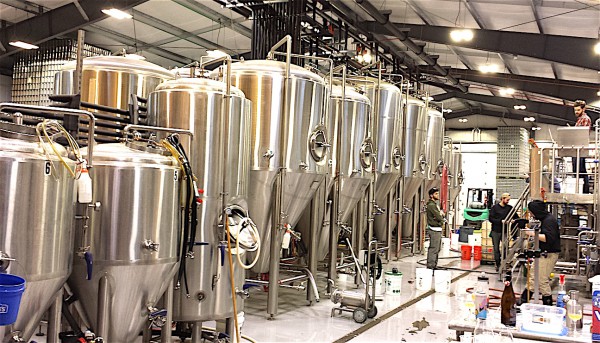Perhaps combining the two on day 3 or so, when there may still be a few gravity points left, would work and lessen o2 worries?
Another option would be to suspend all of your first dry hop in the small fermentation, then dump it directly into the larger. You just want to be sure you are through the growth cycle in the larger ferment, otherwise your just showing a huge starter in.
Maybe starting the smaller ferment a day later instead of a day earlier would be better to do that, giving the so4 a headstart...?
Edit(more thinking out loud):
You could potentially underpitch the s04 to coax a bigger ester profile, then add the smaller, very active, fermentation to help it finish.
Another option would be to suspend all of your first dry hop in the small fermentation, then dump it directly into the larger. You just want to be sure you are through the growth cycle in the larger ferment, otherwise your just showing a huge starter in.
Maybe starting the smaller ferment a day later instead of a day earlier would be better to do that, giving the so4 a headstart...?
Edit(more thinking out loud):
You could potentially underpitch the s04 to coax a bigger ester profile, then add the smaller, very active, fermentation to help it finish.




